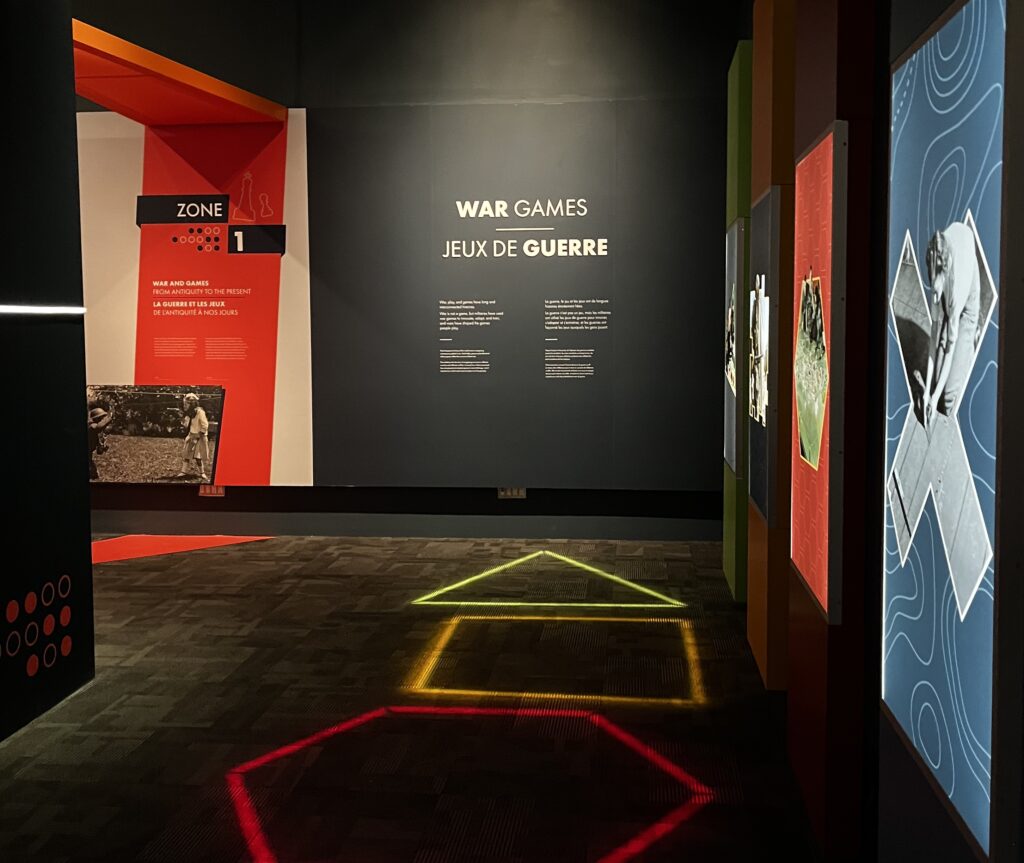In conclusion, military simulation and wargaming have a rich history and offer numerous benefits to armed forces. They provide cost-effective and realistic training experiences while allowing trainees to practice without risking injury. However, there are challenges such as technological limitations and the need to supplement simulation training with live exercises. Despite these challenges, military simulation remains an essential tool for training soldiers, developing tactics, and testing strategies. By addressing these challenges and limitations, armed forces can continue to leverage the power of military simulation to enhance their preparedness and effectiveness in combat situations.
Exploring the Complex World of Military Simulation and Wargaming
Introduction
Military simulation and wargaming have long been used as tools to help train soldiers, develop tactics, and test strategies. These exercises simulate real-world military scenarios and provide valuable insights into how different decisions and actions might play out in the field. With the advancement of technology, these simulations have become increasingly complex and realistic, offering a more immersive and effective training experience.
History of Military Simulation and Wargaming
Military simulation and wargaming have a long history dating back to ancient times. Greek and Roman generals used tabletop games to strategize and plan their battles. In the 19th century, the Prussian army developed the Kriegsspiel, a war game that helped officers practice battlefield tactics and decision-making.
During World War II, the US military used simulation exercises to train pilots, submariners, and infantry. These simulations were often conducted using paper maps, cardboard counters, and dice to simulate various combat scenarios. In the following decades, computer technology began to play a more significant role in military simulations, allowing for more complex and realistic scenarios to be created.
Types of Military Simulations
There are several different types of military simulations and wargaming exercises used by armed forces around the world. These include:
1. Live simulations: Live simulations involve real people acting out various scenarios in a controlled environment. This can include field exercises, tabletop wargaming, and role-playing exercises.
2. Virtual simulations: Virtual simulations use computer technology to create realistic 3D environments where trainees can practice various military tasks and scenarios. This can include vehicle simulations, first-person shooter games, and flight simulators.
3. Constructive simulations: Constructive simulations involve computer-generated scenarios and models that simulate large-scale military operations. These simulations are often used to test strategic plans, logistics, and command structures.
Benefits of Military Simulation and Wargaming
Military simulation and wargaming offer several benefits to armed forces and trainees. These include:
1. Cost-effective training: Simulation exercises are often much more affordable than traditional live training exercises. They allow for multiple repetitions of scenarios without the need for expensive equipment or resources.
2. Risk-free environment: Simulation exercises provide a safe environment for trainees to practice and make mistakes without risking injury or damage. This allows for valuable learning opportunities and can improve decision-making skills.
3. Realistic scenarios: Advanced simulations can accurately recreate real-world environments, equipment, and tactics, providing trainees with a realistic training experience that closely mirrors actual combat situations.
Challenges of Military Simulation and Wargaming
Despite the benefits of military simulation and wargaming, there are also several challenges that need to be addressed. These include:
1. Technological limitations: Developing and maintaining advanced simulation technology can be costly and time-consuming. Keeping up with the latest advancements in virtual reality, artificial intelligence, and simulation software can be challenging for military organizations.
2. Training effectiveness: While simulation exercises can provide valuable training experiences, they may not fully prepare soldiers for the stress and chaos of real combat situations. It is essential to supplement simulation training with live exercises and field training to ensure trainees are fully prepared for real-world scenarios.
Conclusion
Military simulation and wargaming are powerful tools that can help train soldiers, develop tactics, and test strategies in a controlled and realistic environment. With advancements in technology, these simulations have become increasingly complex and immersive, providing a valuable training experience for armed forces around the world. By addressing the challenges and limitations of military simulation, armed forces can continue to benefit from these invaluable training tools.
